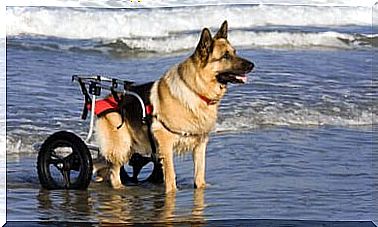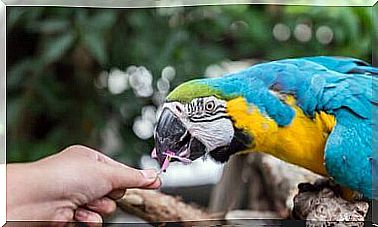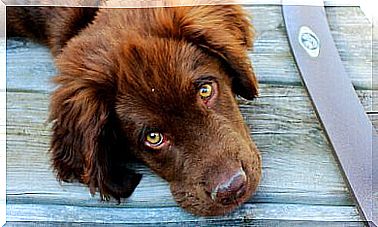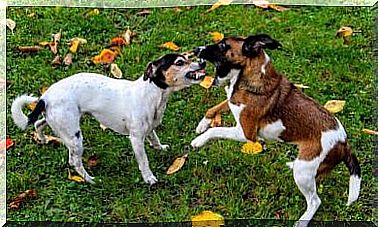Dog Training: The 6 Best Dog Tricks
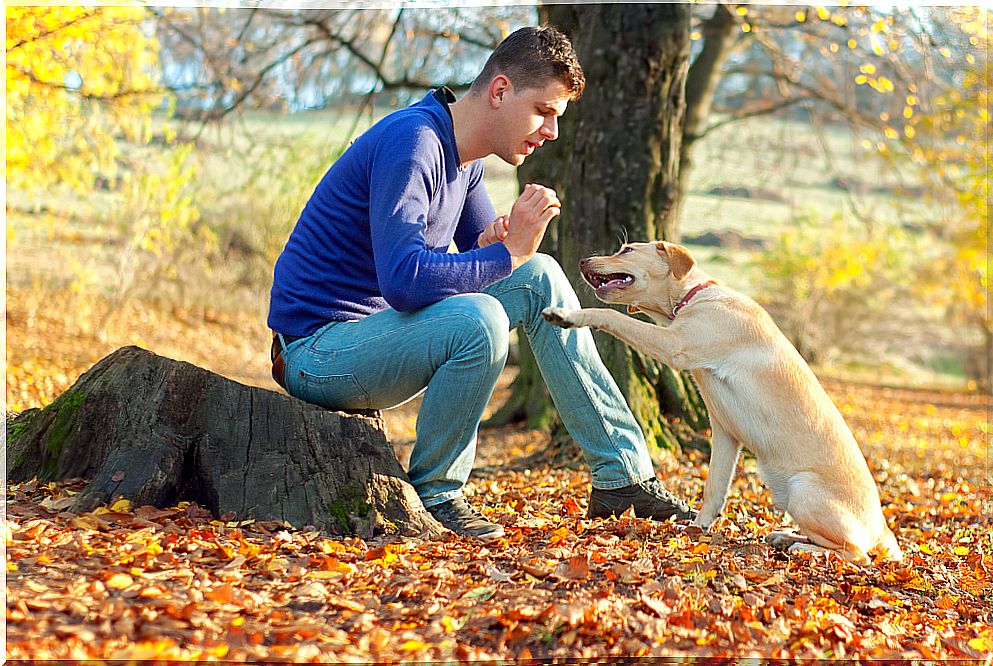
If you have a new pet and you are wondering what are the best tricks for your training, you can follow some advice with which you will be able to considerably improve your pet’s behavior. But first let’s take a look at what the different types of training are to improve canine training.
Types of canine training
Dogs have many options when it comes to their education. Some will learn basic behavioral norms for spending time with a family, while others may learn skills for working with search and rescue. There are many different types of dog training, depending on your needs.
One type of training is one that teaches pets how to behave well in the presence of other animals and people. Part of this training can address behavior problems like excessive barking or chewing everything you can.
Obedience training is another variety. This training is aimed at getting the dogs to be obedient through the use of different commands such as sit, be quiet, lie down, among others.
Agility training is for those dogs that will participate in sporting events such as races, hurdles or jumps. This is definitely a more advanced type of training, as it assumes the dog understands basic commands. A point to emphasize is that, during the competition, the dog cannot receive any kind of award. Therefore, your pet must have a strong connection with you, whether through voice or through certain physical gestures.
While any dog can learn these skills, some breeds are more prone to sports than others.
6 Basic Tricks
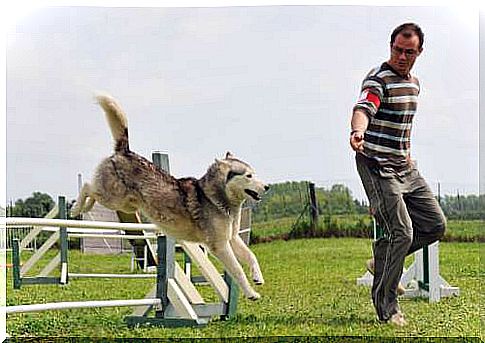
Listen to your dog and give him lots of affection; learn to listen to your dog. If he feels uncomfortable when he meets another animal or person, don’t insist that he say hello. He’s telling you that he doesn’t feel comfortable for some reason, and so he should be respected. Forcing together can cause a big problem.
Make sure you give your dog all the attention he needs. Let him know that he behaved well. In fact, it’s okay if you’re a little over the top.
Even if you think a treat is a treat for your dog, that doesn’t mean your little friend will like it. Some dogs are very picky about what they like to eat. Soft, chewy treats are generally more exciting than hard, crunchy options. Keep your eyes open for what he likes.
There’s nothing wrong with saying “no” to your dog, although it’s always best to tell him what you want him to do to avoid confusion.
Unify criteria: every time you are training your dog, it is important that all family members participate. Unifying criteria and rules is the key to success so that your dog does not get confused and achieve good behavior.
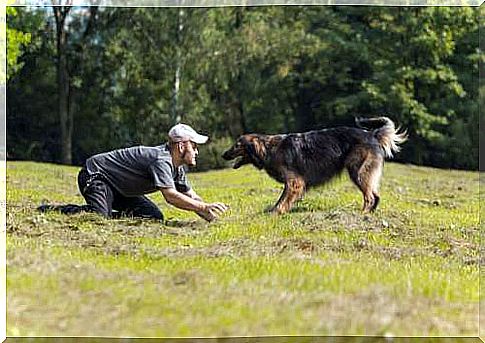
Set realistic expectations: Changing your pet’s behavior takes time. For example, if you didn’t mind him climbing people for the past seven years, and now you’ve decided that you don’t want him to do it anymore, changing that behavior will take a lot longer than if you had trained him as a puppy.
However, remember that it is never too late to change the behavior of dogs, it will only take more time.
Don’t underestimate the benefits of feeding him quality food: feeding your dog a proper diet and recommended amounts of protein is basic. In addition to improving your health, it will also enhance your behavior.
Therefore, it is recommended that you always consult a veterinarian about the most suitable diet, quantity and food for your dog.
Reward: The idea of using treats to train your puppy can work as a booster, but don’t overuse it. You can combine training with games and walks.
Freedom: let your dog gain a little freedom throughout the house gradually. A common mistake made is giving you too much freedom too soon. This can easily lead to accidents in the home, or to destructively chewing everything within reach.
Therefore, perhaps closing the doors of some rooms and unoccupied environments is necessary.
